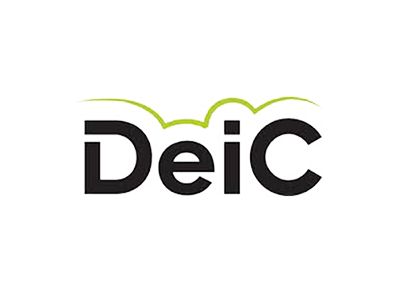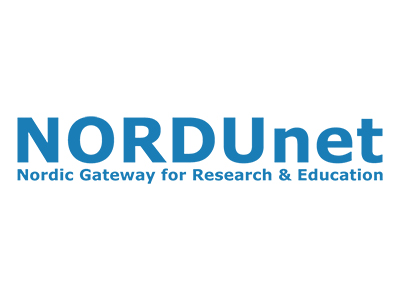
Nordic climate researchers stronger together
Due to the high complexity of the climate system, researchers need to develop sophisticated digital models and verify them through virtual experiments. For the climate research community in the European Nordic countries, both the modelling and the experiments – claiming huge computational resources – benefit from participation in a European open science project.
Firstly, the climate researchers in each country do not need to create their models of the Nordic climate system from scratch. And secondly, they are able to obtain time on supercomputers such as the LUMI, operated by CSC, the national research and education network (NREN) of Finland.
“The main tools for climate scientists are so-called Earth System Models, which run on High-Performance Computers like LUMI. Running high-resolution climate models can provide better insights for climate impact studies, and this requires a lot of computational resource,” says Anne Fouilloux, Research Software Engineer, Meteorology and Oceanography, University of Oslo.
The tricky “butterfly effect”
Through the Nordic leg of the European Open Science Cloud (EOSC-Nordic), Anne Fouilloux and her team obtained access to LUMI. The supercomputer recently entered operation, and the climate research project was chosen as one of the Norwegian pilot projects for the new High-Performance Computer.
The project has a high focus on the so-called FAIR (Findability, Accessibility, Interoperability, and Re-use of digital assets) computing principles, explains Anne Fouilloux:
“Our goal was to verify our approach and prove that we have chosen the right path and can have FAIR Earth System Models that run efficiently, including on the most powerful High-Performance Computer.”
The problem is that running the same Earth System Models on various High-Performance Computers generates outputs which can vary considerably for different times and locations whilst still producing the same results in terms of climate at a global scale and over long periods of time. This “butterfly effect” makes collaborations and reproducible research difficult.
Virtual computers ensure safety
A way to enable safe application of open science is the use of so-called containers. A container is a virtual computer installed at the host computer.
“To make Earth System Models FAIR or at least to increase their FAIRness, we followed FAIR-for-software principles and standardized the way we package and run Earth System Models with containers, like docker and singularity,” says Anne Fouilloux, adding:
“Having access to LUMI is key to demonstrate that the Nordic climate community can run containers efficiently on such a large High-Performance Computer. And for EOSC-Nordic, it means that we are ready to deploy Earth System Models as-a-service on the European Open Science Cloud that can use cloud computing, HPC-cloud computing, and EuroHPC computing. Therefore, we are ready for open science.”
Regional projects prepare all-Europe solution
Initiated by the European Commission, the European Open Science Cloud (EOSC) will pave the way for improved utilization of the vast amounts of research data generated in Europe. However, as numerous obstacles exist such as differences in national legislation and tariff schemes, the commission decided not to aim directly for an all-Europe solution. Instead, four regional projects were funded, one of them being EOSC-Nordic. The regional projects were funded for a 3-year period which has recently expired. Activities will continue within the EOSC framework. All five Nordic and all three Baltic nations plus The Netherlands and Germany took part in EOSC-Nordic.
—
The text is inspired by the article “Successful LUMI access for the climate community in EOSC Nordic” by Cecilie Maagaard Winther at the EOSC-Nordic website.
For more information please contact our contributor(s):



